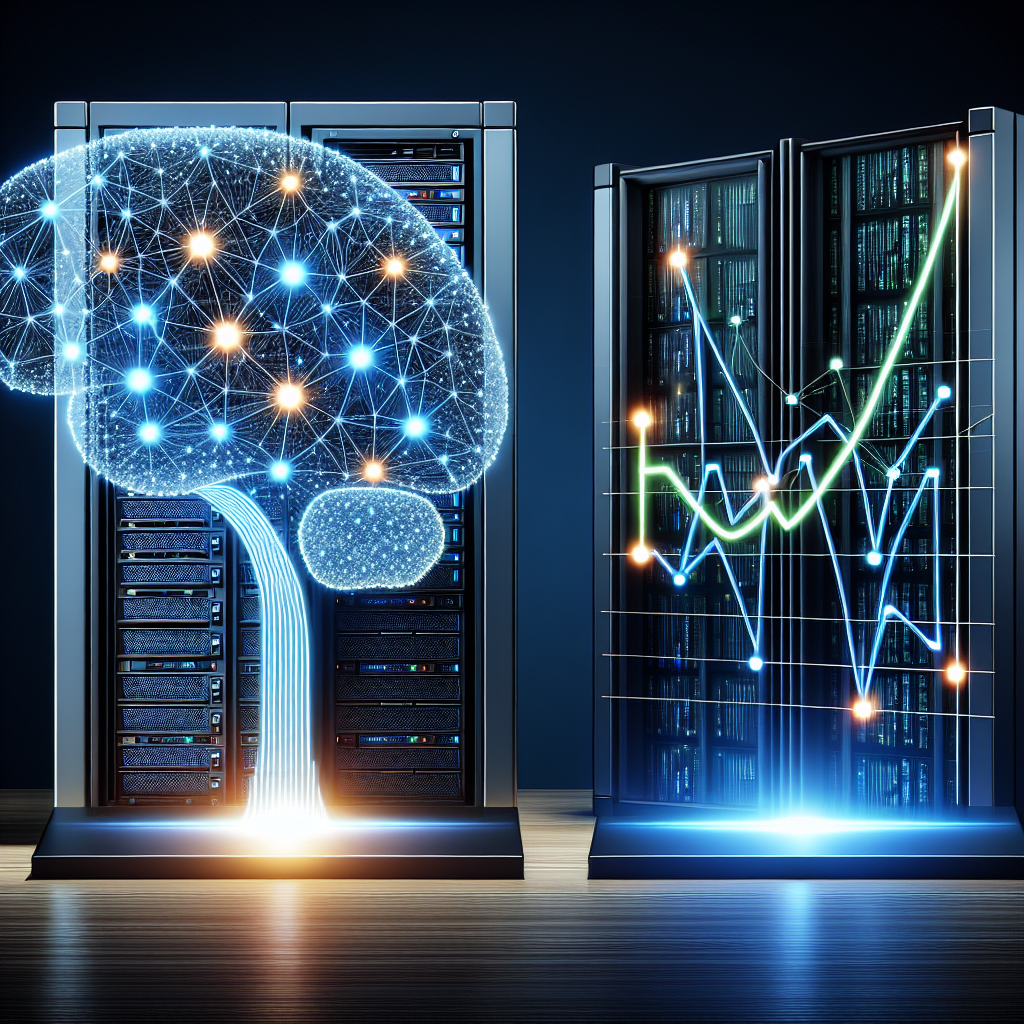Artificial Intelligence (AI) and Machine Learning (ML) are two of the most talked-about technologies in the world today. Both have revolutionized various industries and have the potential to transform the way we live and work. But what are the key differences between AI and ML, and which technology is more versatile? In this article, we will explore the distinctions between AI and ML, their applications, and discuss which technology is more versatile.
AI vs ML: What’s the Difference?
Artificial Intelligence is a branch of computer science that aims to develop machines that can perform tasks that typically require human intelligence. This includes tasks like speech recognition, decision-making, language translation, and visual perception. AI systems can be classified into two categories: narrow AI and general AI. Narrow AI is designed to perform specific tasks, such as playing chess or recommending movies on Netflix. General AI, on the other hand, is a more advanced form of AI that can perform any intellectual task that a human can.
Machine Learning, on the other hand, is a subset of AI that focuses on developing algorithms that can learn from data and make predictions or decisions based on that data. ML algorithms are trained on large datasets to recognize patterns and make predictions without being explicitly programmed to do so. ML algorithms can be categorized into three types: supervised learning, unsupervised learning, and reinforcement learning. Supervised learning involves training the algorithm on labeled data, unsupervised learning involves training the algorithm on unlabeled data, and reinforcement learning involves training the algorithm to take actions in an environment to maximize rewards.
Applications of AI and ML
AI and ML have a wide range of applications across various industries. Some of the most common applications of AI include:
1. Natural Language Processing (NLP): NLP is a branch of AI that focuses on enabling machines to understand, interpret, and generate human language. NLP is used in applications like chatbots, sentiment analysis, and language translation.
2. Computer Vision: Computer vision is a field of AI that enables machines to interpret and understand the visual world. Computer vision is used in applications like facial recognition, object detection, and autonomous vehicles.
3. Recommendation Systems: Recommendation systems are AI algorithms that analyze user behavior and preferences to recommend products or services. Recommendation systems are used in applications like Amazon’s product recommendations and Netflix’s movie recommendations.
4. Predictive Analytics: Predictive analytics is a branch of AI that uses ML algorithms to analyze historical data and make predictions about future events. Predictive analytics is used in applications like credit scoring, fraud detection, and sales forecasting.
Some of the most common applications of ML include:
1. Image Recognition: ML algorithms are used to recognize objects in images and videos. Image recognition is used in applications like medical imaging, security surveillance, and autonomous vehicles.
2. Fraud Detection: ML algorithms are used to detect fraudulent activities in financial transactions. Fraud detection is used in applications like credit card fraud detection and insurance fraud detection.
3. Customer Segmentation: ML algorithms are used to segment customers based on their behavior and preferences. Customer segmentation is used in applications like targeted marketing and personalized recommendations.
4. Healthcare: ML algorithms are used in healthcare to diagnose diseases, predict patient outcomes, and personalize treatment plans. ML is used in applications like medical imaging analysis, drug discovery, and personalized medicine.
Which Technology is More Versatile?
Both AI and ML have their strengths and weaknesses, and it is difficult to determine which technology is more versatile. AI is a broader field that encompasses various technologies, including ML. AI systems can perform a wide range of tasks, from speech recognition to decision-making, and can be used in almost every industry. ML, on the other hand, is a subset of AI that focuses on developing algorithms that can learn from data and make predictions. ML algorithms are more specialized than AI systems and are typically used in specific applications like image recognition or fraud detection.
In terms of versatility, AI is more versatile than ML because it can perform a wider range of tasks. AI systems can be trained to perform almost any intellectual task that a human can, while ML algorithms are limited to the tasks they were trained on. However, ML algorithms are more specialized than AI systems and are typically more efficient at performing specific tasks. In conclusion, both AI and ML are versatile technologies that have the potential to revolutionize the way we live and work.
FAQs
Q: What are some examples of AI applications?
A: Some examples of AI applications include chatbots, recommendation systems, autonomous vehicles, and predictive analytics.
Q: What are some examples of ML applications?
A: Some examples of ML applications include image recognition, fraud detection, customer segmentation, and healthcare diagnostics.
Q: Can AI and ML work together?
A: Yes, AI and ML can work together. ML algorithms are often used in AI systems to enable machines to learn from data and make predictions.
Q: Which technology is more advanced, AI or ML?
A: AI is a broader field that encompasses various technologies, including ML. AI systems can perform a wider range of tasks than ML algorithms.
Q: What are the limitations of AI and ML?
A: Some of the limitations of AI and ML include bias in algorithms, lack of transparency in decision-making, and the need for large amounts of data for training.
In conclusion, both AI and ML are versatile technologies that have the potential to revolutionize the way we live and work. AI is a broader field that encompasses various technologies, while ML is a subset of AI that focuses on developing algorithms that can learn from data and make predictions. While AI is more versatile than ML, ML algorithms are more specialized and efficient at performing specific tasks. Ultimately, the choice between AI and ML depends on the specific application and requirements of the task at hand.

